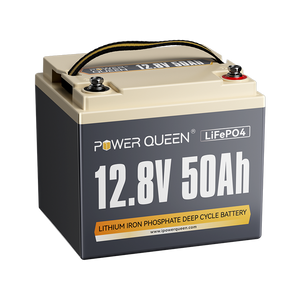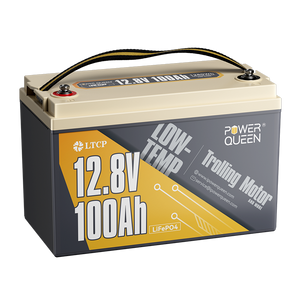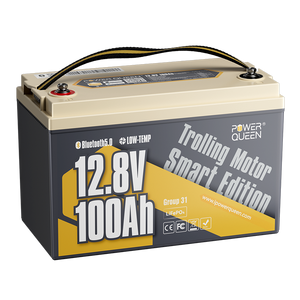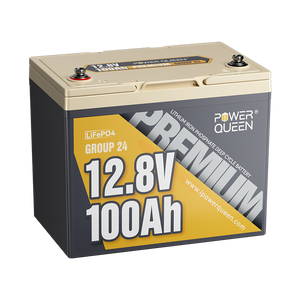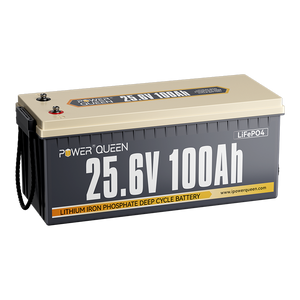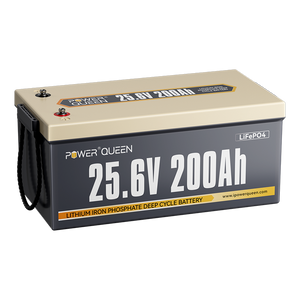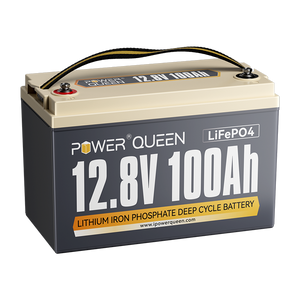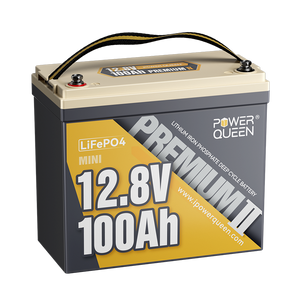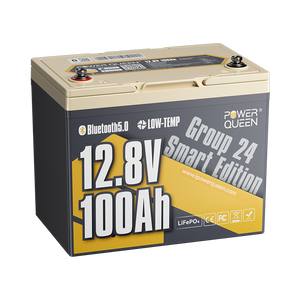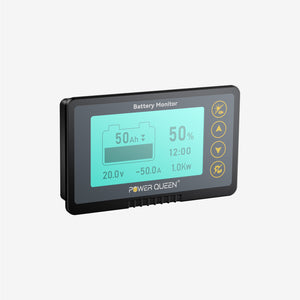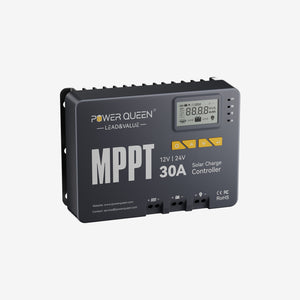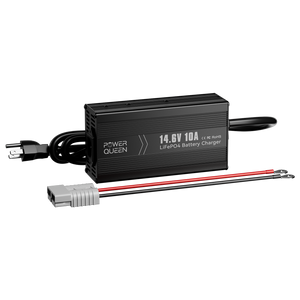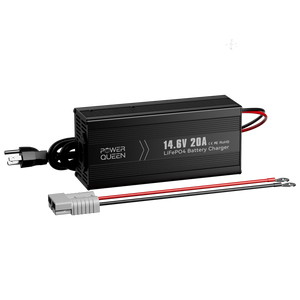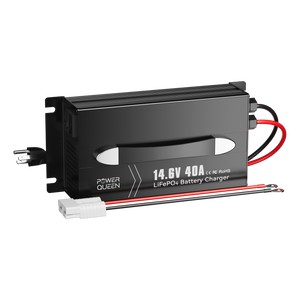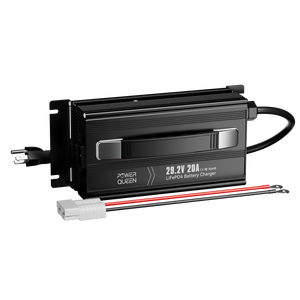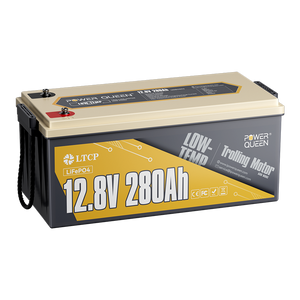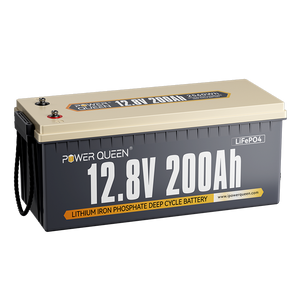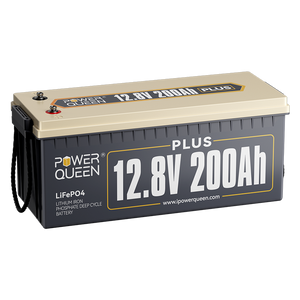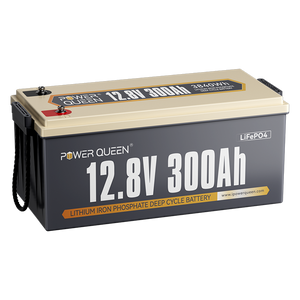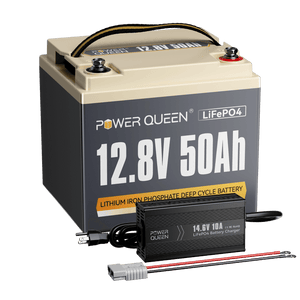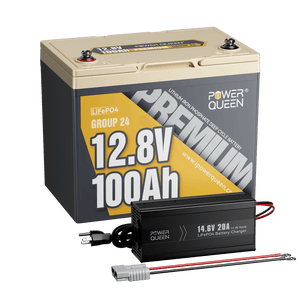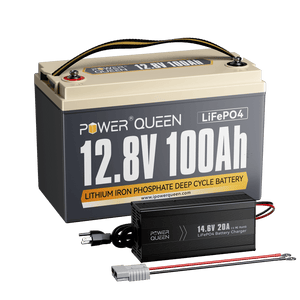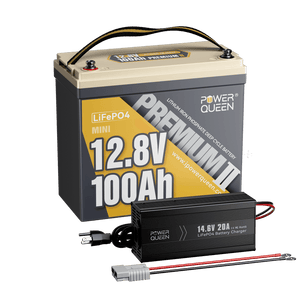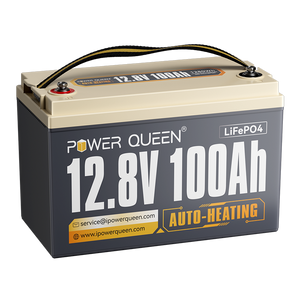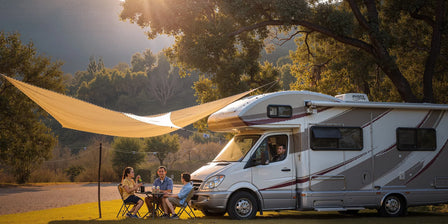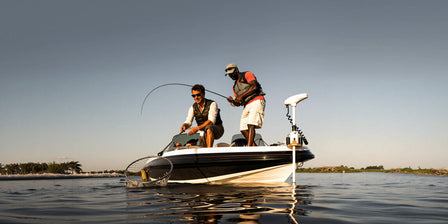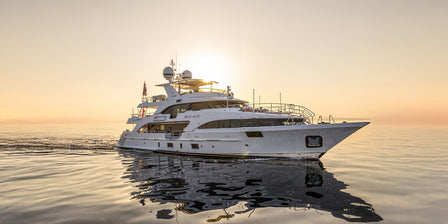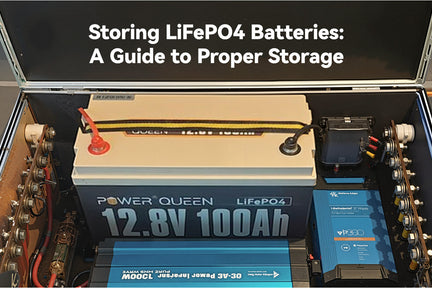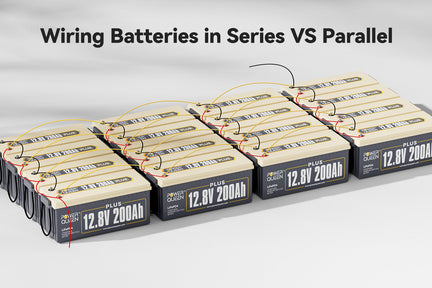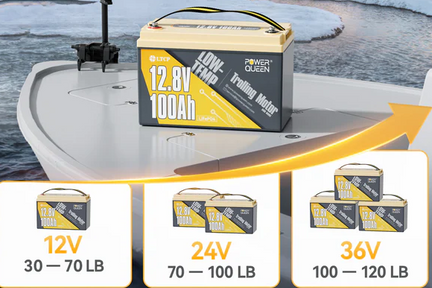How Long Do Trolling Motor Batteries Last?
For crews and anglers who wish to operate quietly and effectively on the water, trolling motors are essential. One of the most frequent queries from users is about battery longevity, particularly when utilizing 100Ah batteries.
The length of time a 100Ah battery can run a trolling motor is the major topic of this tutorial, which also breaks down the key factors that influence battery duration, gives an example calculation, and offers tips on how to prolong battery life.
Part 1. Knowing Trolling Motor Power and Battery Capacity
Before we answer the main question, it is crucial to comprehend the concepts of battery capacity and motor power consumption.
1. Trolling Motor Power
The power of a trolling motor indicates how much push it can provide to move a boat through the water. Greater power generation is indicated by higher numbers, and this push is typically measured in pounds.
For example, a trolling motor that weighs 55 pounds can exert 55 pounds of force. This power level is advantageous for small to medium-sized boats, such jon boats or kayaks, as it provides adequate propulsion in a variety of water conditions.
2. Battery Capacity
A 100Ah (Amp-hour) battery could theoretically deliver 100 amps of current for an hour or 1 amp of current for 100 hours. The actual runtime of the battery is determined by the power requirement of the motor.
Battery capacity is the entire amount of energy that a battery can store, and it is very important for trolling motors. The motor's capacity determines how long it can operate before the battery needs to be recharged. A greater energy reserve is indicated by higher numbers. A common unit of measurement for this characteristic is amp-hours (Ah).

Power Queen 12V 100Ah Low-Temp Smart Deep Cycle Lithium Battery
Part 2. Factors Influencing Battery Runtime for Trolling Motors
Several factors affect how long a 100Ah battery lasts when running a trolling motor. These include:
1. Motor Thrust Level (Pounds of Thrust)
Trolling motor thrust values vary, often ranging from 30 to 100 pounds. As the thrust increases, the motor requires more power. A 100Ah battery may last longer with a 30-lb thrust motor than a 55-lb thrust motor since the former consumes less power.
2. Speed Settings
The pace at which the trolling motor operates also affects battery consumption. Higher speed levels cause the battery to deplete more quickly. Reducing the motor's speed may help extend battery life and runtime.
3. Boat Weight Load
Your motor's effort to propel the boat is directly influenced by the weight of your boat and any additional weight, such people or equipment. Because a heavier boat requires more power from the trolling motor, the battery drains more quickly.
4. Water Conditions
Your trolling motor uses more electricity when it is unable to keep up with strong currents or waves in choppy seas. Because the motor uses less power on calm waters, the battery lasts longer.
Part 3. Calculating the Runtime for a 100Ah Battery
To find out how long a trolling motor will run on a 100Ah battery, use this simple formula:
Battery Capacity (Ah) ÷ Motor Amp Draw = Runtime (hours)
In this instance, the battery's capacity is measured in amp-hours (Ah), and the motor's amp draw is the amount of current it consumes while running.
1. Example Calculation for a 100Ah Battery
Let's say your trolling motor uses 20 amps while it's operating. The calculations might look like this: 100Ah ÷ 20 amps = 5 hours.
In this scenario, a fully charged 100Ah battery would operate the trolling motor for over five hours at this level. However, this may vary based on the previously listed factors, such as boat speed and weight.
2. Trolling Motor Amp Draw Chart
Your trolling motor may draw varying amounts of current depending on its size and power level. Here is an example amp draw chart for different trolling motor sizes:
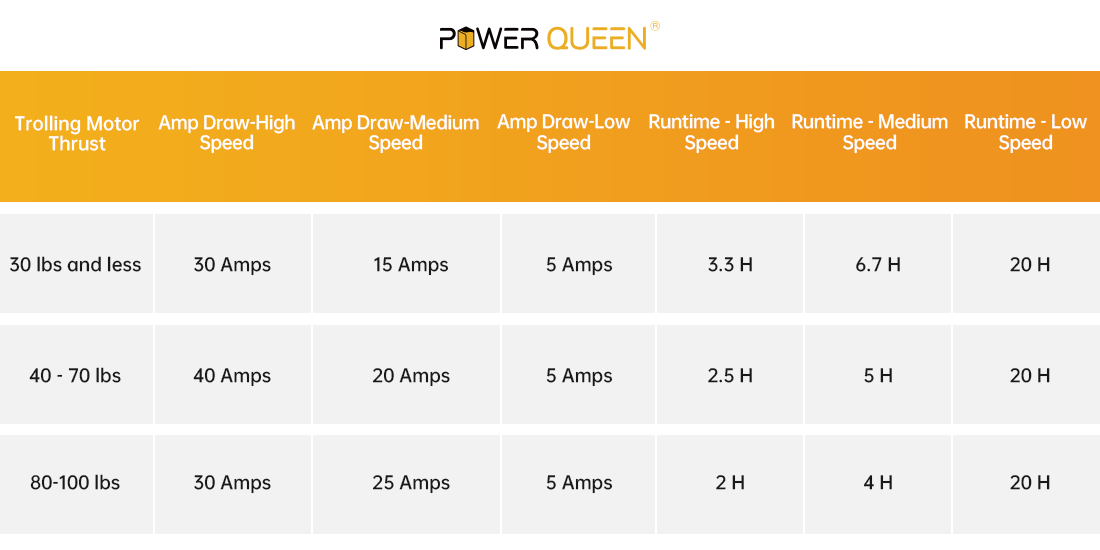
Using this chart, you can find out how long a 100Ah battery would last with each type of trolling motor. One example is a 55-lb thrust motor that draws 30 to 55Amp.
Typically, a 100Ah battery lasts roughly two hours when your trolling motor is operating at full power.
Nevertheless, it's crucial to realize that most users don't always run their trolling motors at maximum speed. By reducing the power to about 50%, for instance, the motor may only use 20–25 amps, prolonging the battery life to roughly 4-5 hours.
- Full Speed: It can operate at maximum capacity for about two hours using a 100Ah battery.
- 50% Speed: By cutting the tempo in half, you can increase the playtime to roughly four to five hours.
- 25% Speed: At lower settings, like 25% throttle, when the motor may only use 10–12 amps, the battery may last 8–10 hours or even longer.
Part 4. How to Increase the Runtime of Your Trolling Motor
1. Efficient Motor Use
You may extend the life of your battery by running the trolling motor at slower speeds whenever possible. The battery drains more quickly at faster speeds because they consume more energy. Save the high-speed settings for when you really need them.
2. Proper Battery Maintenance
Maintaining your battery properly can significantly extend its lifespan and runtime. Make sure your battery is fully charged before heading out to the lake, and avoid letting it go completely dead. Store your battery somewhere cold and dry while not in use.
3. Choosing the Right Battery
Selecting a high-quality battery may affect how long your trolling motor runs. Lithium-ion batteries, such as LiFePO4 (Lithium Iron Phosphate), offer better performance and a longer lifespan than lead-acid batteries, which are the more common choice, as we'll discuss in the next section.
Part 5. Benefits of Trolling Motors with a 100Ah LiFePO4 Battery
Because LiFePO4 (Lithium Iron Phosphate) batteries have so many benefits, they are growing in popularity among fishermen and sailors.
- Longer Life Cycle: Power Queen lithium batteries outlast traditional lead-acid batteries by a significant margin, with a 4,000–15,000 cycle lifespan.
- Lighter Weight: The weight of your boat is reduced and the motor runs more smoothly thanks to these batteries' significant weight reduction.
- Deeper Discharges: LiFePO4 batteries allow deeper depletion without causing damage, so you can use more of the battery's capacity without worrying about long-term harm.
- Faster Charging: Lithium batteries charge significantly faster than lead-acid batteries, reducing downtime between trips.
Using a 100Ah LiFePO4 battery could make your trolling motor more dependable, run longer, and function more efficiently.


Part 6. FAQs About Trolling Motor Batteries
1. When operating at full capacity, how long will a 100Ah battery last?
Depending on the model, the majority of trolling motors will use more electricity at full speed, typically between 30 and 40 amps. A 100Ah battery may last 2.5 to 3.3 hours in this situation.
2. Can I run my trolling motor on a smaller or larger battery?
It is possible to utilize both big and tiny batteries. While a smaller battery may significantly reduce runtime, a larger battery will provide a longer runtime but may also increase weight.
3. How can I determine when my trolling motor battery needs to be recharged?
A multimeter or a battery monitor can be used to test the battery and measure its voltage. It's easy to check if a modern lithium battery has Bluetooth capabilities on your phone.
4. What's the best way to store my battery during off-season?
When keeping your battery in a dry, cold place, make sure it is completely charged. In order to maintain optimal performance, lithium batteries in particular need to be stored at roughly 50% charge for extended periods of time.
